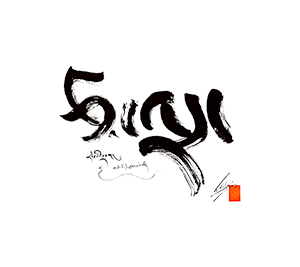- Prefacepage ix
- Introduction1
- Part 1 The cultural and social setting of Buddhist thought27
- 1 The origins of rebirth29
- 1.1 Buddhism and early Indian religion29
- 1.2 Time: saṃsāra41
- 1.3 Action and the person: karma53
- 1.4 Timelessness: mokṣa (nirvāṇa)58
- 2 Varieties of Buddhist discourse65
- 2.1 Buddhist thought in context65
- 2.2 Different ways of talking about 'self and 'person'71
- 2.3 Elements of personality and (not-)self78
- Part II The doctrine of not-self85
- 3 The denial of self as 'right view'87
- 3.1 Different kinds of 'right view'87
- 3.2 Arguments in support of anattā95
- 3.3 The denial of self as a strategy in 'mental culture'111
- 4 Views, attachment, and 'emptiness'116
- 4.1 Views and attachment117
- 4.2 The Unanswered Questions131
- 4.3 Quietism and careful attention138
- Part III Personality and rebirth145
- 5 The individual of 'conventional truth'147
- 5.1 'Conventional' and 'ultimate truth'147
- 5.2 Attabhāva 'individuality', puggala 'person'156
- 5.3 House imagery165
- 6 'Neither the same nor different'177
- 6.1 'A person is not found'178
- 6.2 Images of identity and difference185
- 6.3 Self and other: compassion188
- Part IV Continuity197
- 7 Conditioning and consciousness199
- 7.1 The construction(s) of temporal existence200
- 7.2 The stations of evolving consciousness213
- 7.3 Vegetation imagery218
- 8 Momentariness and the bhavaṅga-mind225
- 8.1 impermanent are conditioned things'226
- 8.2 The 'ultimate' extent of a lifetime: momentariness 234
- 8.3 The bhavaṅga-mind238
- 8.4 River imagery247
- Conclusion262
- Notes267
- Bibliography310
- Glossary and index of Pali and Sanskrit terms318
- General index321


